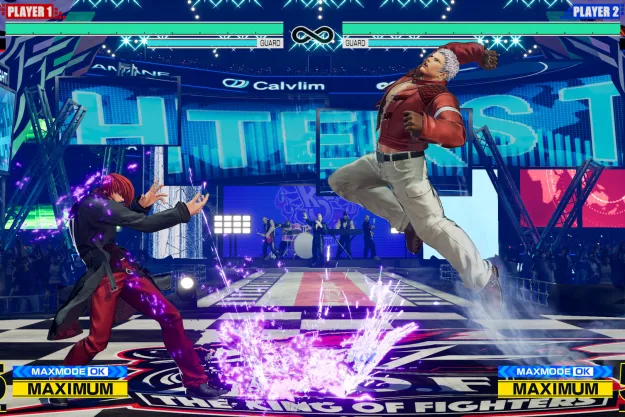This week I’m at IFA, which is the European equivalent of CES. It is just getting off the ground as I’m writing this, and we’ve already had the first set of product announcements. Sony is making a rather large and impressive statement at this show, and it intends to lead again in TVs, eBooks, and even has a potential Macbook Air product coming. But I saw a number of other cool things at the Showstoppers event the first night, and at the press briefings, and we’ll talk about them this week.
Sony: We’re Back and We’re Pissed
Sony had one of the most impressive presentations I’ve seen them do in a long time. Leading with 3D, they showcased a number of PlayStation 3 games and movie shorts that looked stunning in Dolby 3D, arguably the best-looking 3D format currently being used in theaters. The new Gran Turismo PS3 game was particularly stunning in 3D; the effect added a level of realism that exists in few games, and this title has historically been one of Sony’s best. Sony is moving to lead in 3D and this may actually be a nearly ideal time for them to do that.
I got a chance to look at Sony’s new eBook line as well, which will eventually work with some libraries, and it is both attractive and well-priced. If the company can improve the catalogue of books and make it easier to use, I think it will have a hit. But in this kind of a product, as Apple has consistently showcased, it isn’t about the hardware alone. You need to have a compelling user experience. I don’t think Sony is there yet, but they are making progress.

Finally, Sony showcased a vastly broader move towards wireless connections in TVs, giving them better access to the incredibly rich content that is on the Web. This is probably one of the big trends at the show, because it seemed like many TV lines had a number of Internet-connected models in them. Hulu just passed Time Warner in terms of users, making them the new number three, so it is only natural to make it so folks can get to this type of programming directly through the TV.
Scaling to New Heights
Marvell was showcasing its latest system-on-a-chip offering, Qdeo, which can be put into TVs, set-top boxes, and Blu-ray players, fleshing out the company’s solution for networked video home electronics products. The problem with making connected TVs is that so much of the content on the Web simply doesn’t look good on an HDTV. In fact, it pretty much sucks. The Qdeo image processor improves these images substantially, making me wonder why anyone would bring a HDTV to market without this capability. Who likes to look at crappy video on a big screen?

Dension had a number of products that could be added to a new car to make it a wireless hotspot, as well as products to make an Apple iPhone or iPod work seamlessly with the factory stereo system, allow other devices to connect to your factory radio with Bluetooth, and even let your car sync your music over Wi-Fi while it sits in the garage.
Unlike other systems for wireless networking, Dension’s car Wi-Fi solution used the same type of USB dongle that you would get if you wanted to connect an ordinary computer, making the solution much more affordable. Available for many VW and Audi cars, these products are already all over Europe, and according to Dension, may be available through some of the Audi and VW dealers in the US.

For the very wealthy set, Sennheiser showcased its HD800 headset. Pictures of this thing simply do not do it justice. It appears carved out of high-quality aircraft aluminum, making it not just very advanced, but drop-dead beautiful. Of course, they need to be, because they cost in excess of $1,000. Yes, $1,000. So you won’t be buying these to listen to tunes at the beach.
There is something about touching really high-quality stuff. And while few, if any of us can afford products at these nose-bleed prices, it was nice to see something built to this level of quality.
IFA: The Endless Toy Shop
Like CES, IFA is one big toy show. But unlike CES, much of what you see here will be on the market to buy shortly. The only shortcoming: A lot of it won’t be on the market in the US. Still, these things are only from the first series of press events. Who knows what I’ll discover when the show actually opens later this week.
Editors' Recommendations
- With Hasselblad in tow, OnePlus must learn from Huawei and Leica’s success
- Collision From Home is the stunning future of tech conferences


